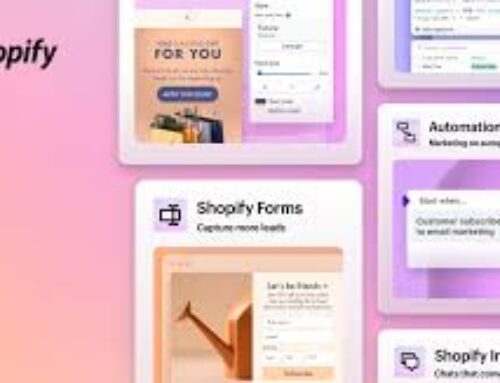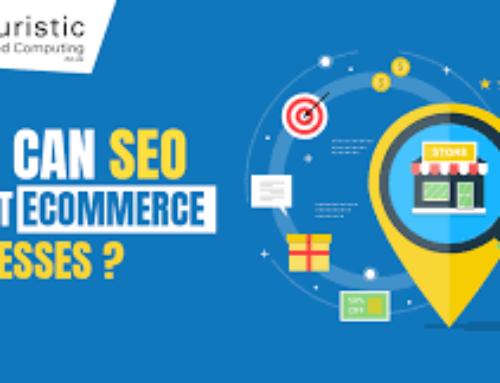Mastering Omnichannel Strategies: How Unified Branding Boosts Your Business
In a world where consumers bounce between platforms like Instagram, Google, email, and even physical stores in a matter of minutes, businesses can no longer afford to speak in different voices. That’s where omnichannel strategies come in — delivering a seamless and consistent brand experience across all customer touchpoints.
Let’s break down what it is, why it matters, and how to nail it.
🎯 What Is an Omnichannel Strategy?
An omnichannel strategy is a marketing approach where all your platforms — website, social media, email campaigns, search ads, customer service, and even physical interactions — work together as one.
Rather than siloed efforts, it creates a unified, connected experience. Whether your customer finds you on TikTok, opens an email, visits your site, or walks into your store, your messaging, design, and tone remain consistent.
💡 Why Unified Branding Matters
-
Builds Trust
A consistent tone, style, and message across platforms builds brand familiarity and trust. -
Increases Engagement
When users recognize your voice or visuals instantly, they’re more likely to engage. -
Enhances Customer Journey
A seamless transition from one channel to another (like email → website → checkout) improves the overall experience. -
Boosts Conversions
Clear, consistent messaging minimizes confusion and increases the chance of action — whether that’s a click, sign-up, or sale.
🧩 Real-Life Omnichannel Example
Let’s say you’re launching a new skincare product:
-
On Instagram, you share teaser reels and influencer collaborations.
-
You can send out an exclusive early access link with personalized skincare tips via email.
-
Your website matches the Instagram aesthetic, and visitors can easily navigate to the new product.
-
Your Google Ads target people searching for similar products, using the same tagline as your social posts.
-
In your physical store, posters feature the same campaign visuals and QR codes linking to your online content.
No matter where your audience finds you, they instantly know — this is your brand.
🛠️ How to Build a Killer Omnichannel Strategy
1. Create a Brand Style Guide
Define your fonts, colours, tone of voice, and core messages. Make sure your entire team and partners use it.
2. Know Your Audience
Understand where your customers hang out and what they care about, and tailor your content for each platform without losing your core message.
3. Unify Your Tech Stack
Use CRMs, email platforms, and analytics tools that can talk to each other. The goal is to track and personalize the customer experience across channels.
4. Repurpose with Purpose
Don’t just copy-paste content — adapt it. A blog post can become an infographic for Pinterest, a quote graphic for Instagram, or a talking point in your next podcast.
5. Sync Your Teams
Marketing, design, sales, and customer service need to work together. Silos kill consistency.
📊 Final Thoughts
Omnichannel marketing isn’t just a buzzword — it’s the future of customer engagement. In 2025, users expect brands to know them, talk like them, and meet them wherever they are. When your brand voice echoes across every platform, you’re not just making noise — you’re making a lasting impression.







Leave A Comment